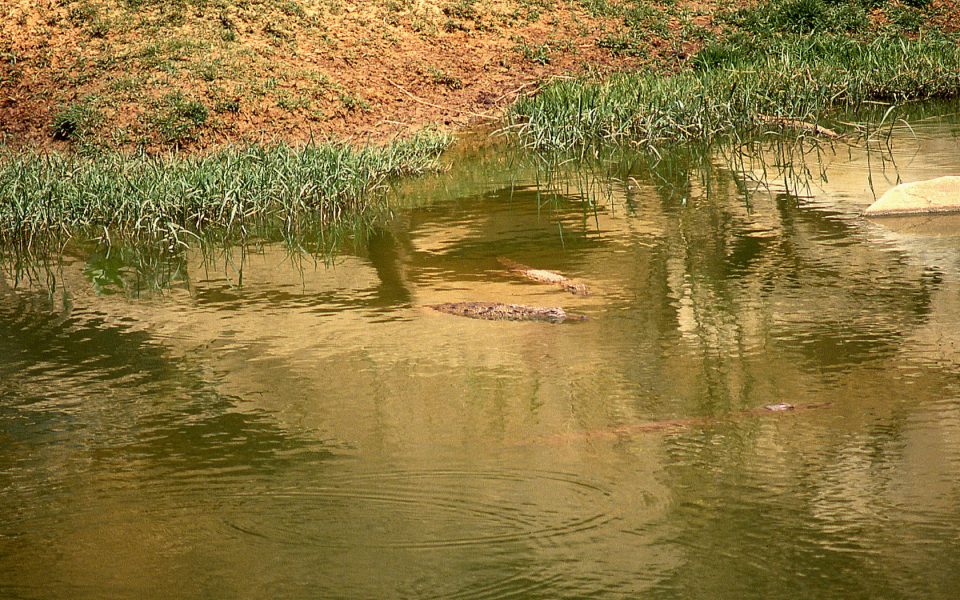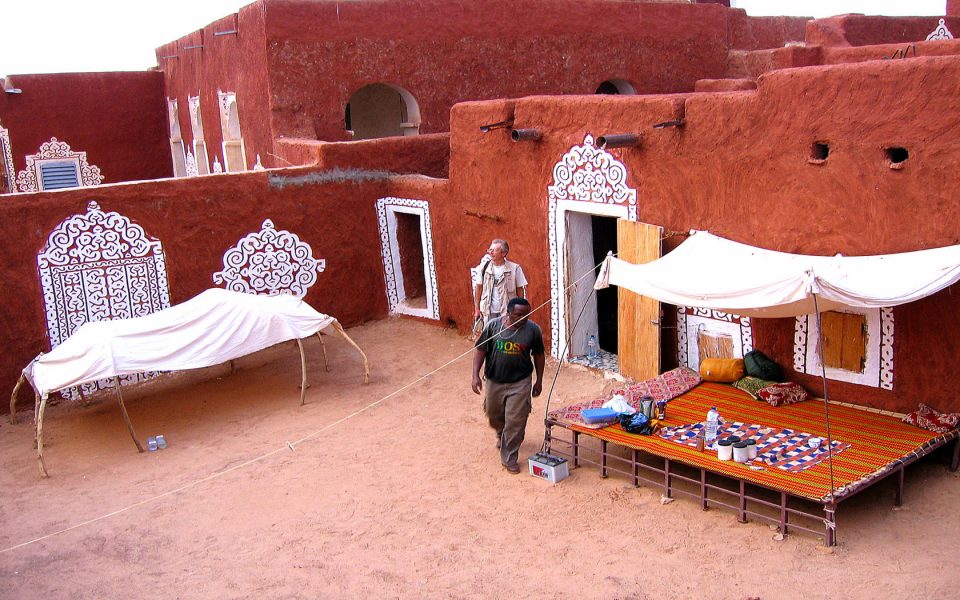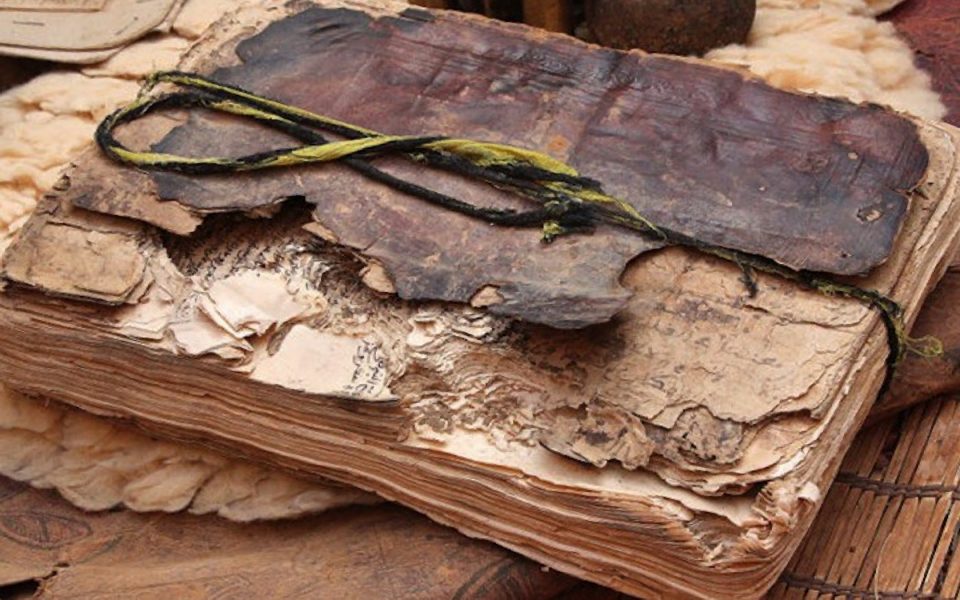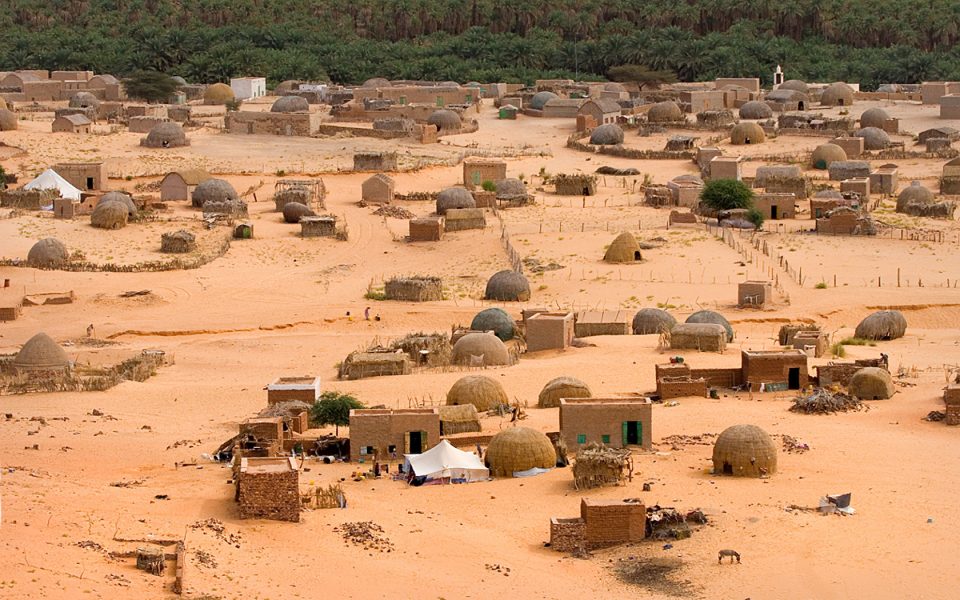15 DAYS
4×4
Oualata – Tichit – Chinguetti – Ouadane
Road of Hope, guelta of Metroucha, Porcupine cave, rocks of Metoub, house decoration of Oualata, diatoms at Tagouraret, Enji pass, “Finger” rock formation, “crag of Elephant” Makhrouga, Neolithic city Akrejit, caravan town of Tichit, canyon of Boudreiss, palm tree grove of Tidjikja, ruins of Kunta in Rachid, desert landscapes, meteorite crater Aouelloul, “blue” mountains of Zarqa, Chinguettis’ library with 800 year old manuscripts, ruins of Ouadane, cave paintings, Amogjar pass, Almoravides capital Azougui, thermal baths, market hubbub, Atlantic coast, fishing port
The desert begins immediately outside Nouakchott. With its multi-colored dunes, this soothing landscape accompanies us until after Boutilimit on “Route d’Espoir”, the road of hope. Passing through many small villages we will arrive close to Kiffa at the Guelta Metroucha, a beautiful place with water and close to it, the Porcupine cave, the largest cave in Mauritania. Camping.
Still on the Road of Hope we arrive first to the rock scenery just before Ayoun El Atrous, but the really impressive landscape are the rocks of Metoub in the middle of sand dunes. Camping.
The end of this large road is Nema. Now the adventure continues on sand tracks. We will arrive in the evening at Oualata, our first World Heritage Site. Oualata is considered the most beautiful town in Mauritania. In former times the city was an important center for caravans. Today it is famous for its house paintings. It is also the home of one of the most important Koranic schools in the Islamic world in which only 20 students may study at a time. Lodging in a guesthouse.
Leaving the area of Sahel, we will drive along the Dhar Oualata to reach Tagouraret, where salt is still mined today. With a bit of luck, we will coincide with nomads at the wells of Zough and Oujaf as they bring their animals to water. Camping.
We will climb the mountains of Enji and enjoy the beautiful views. Later on, we will arrive to the unique landscape of Es Sba, “the fingers” with rock formations of up to 5 meters high. Continuing on, the most fascinating site of the day will be Mount Makhrouga, the elephant rock. Camping.
The well of Touijinet is surrounded with white slabs, called diatoms: fossil alga, which confirm the former presence of a lake. We will visit the town of Akreijit, probably the oldest town of Neolithic times. In the afternoon we will arrive at the caravan town and our second World Heritage Site, Tichit. Guesthouse.
We will drive through a marvelous landscape with spectacular views of the seemingly never-ending dunes of the Aouker region. We will pass the well and the rock of Zig followed by the fascinating canyon of Boudreiss. As out of nowhere, suddenly a green area appears – the fields of Lekcheb. Camping.
A short distance from Lekhcheb, strange rock formations can be observed. Passing through some small villages, we will arrive in the caravan town of Tidjikja. Only 40 Km away from Tidjikja we will reach Rachid, built in 1723 by the Kounta, which lies in a beautiful valley with palm trees. Camping.
We will cross the desert and mountains, dunes and plains, and experience the total silence of the desert until we arrive at the well of Touajil and in the small village of Ain Zafra. Tenemouj is a plateau with a beautiful view on the dunes. After the plateau of Tenemouj we will drive down the pass of Lebchir with a splendid sight and heaps of dunes. Later on we will arrive in the volcanic crater of Aouelloul and built up our camp close to the mountains of Zarga. Camping.
After arriving in Chinguetti we will have a wonderful shower. Chinguetti is the seventh holy city of Islam, declared a World Heritage Site by UNESCO. We will walk through this old caravan town and visit the private libraries with its manuscripts of an incredible value. Guesthouse.
Our journey will take us across 120 km of fesh-fesh, the true sand dune desert, with no tracks, where we will experience the isolation of the lost cities of the desert. When we arrive in Ouadane the fourth World Heritage Site by UNESCO, we will visit the old town that displays the surprisingly glorious past of this country. Camping
The Pass of Amogjar is a beautiful canyon, where we will see some amazing prehistoric paintings and the “Fort Saganne”, built by the French. After a short visit of Atar we will make our way into the desert along a picturesque track to Terjit, at the foot of the Mauritanidas mountain range, where an oasis with thermal springs and marvelous pools awaits us for bathing. Lodging at an inn with haimas.
From the stony Adrar desert, we will head towards Akjoujt en route to Benichab, where there is a large layer of fossil water, 90 meters deep, used for bottled mineral water. Leaving Benichab, we will approach Tiouilit along the dunes that lead to the ocean passing through ancient salt lakes. Tiouilit is a village of Black Fishermen, the Imraguen, who sometimes fish with the help of dolphins. Camping.
Back in Nouakchott, we will visit the bustling markets, the musem and the colorful fish market. Hotel.
Accommodation:
• 15 days
• 2 hotel nights, 4 in guest houses, 9 camp nights
Minimum group:
• From 2 Persons
Includes:
• Airport transfer
• Accommodation
• Breakfast, lunch and dinner (no alcoholic beverages)
• Camping gear (Haima (nomad tent), igloo tent, matresses)
• Transport in 4×4
• Guide
• Cook
• Entrance fees
NOT included:
• Air Ticket and fees
• Visa for Mauritania (120, – Euro at Nouakchott Airport)
• Travel insurance
• Tip
• Any other unspecified cost
Itinerary:
Due to the special nature of the trip, the itinerary may be changed at the discretion of the guide if there are justified grounds to do so. Travelers must be aware that conditions during the itinerary are not always predictable. Potential delays at border, mechanical problems and the poor state of the highways can give rise to undesirable adventures. We will, of course, do everything within our power to minimize any possible inconveniences. .
Accommodations:
The itineraries include descriptions of four types of accommodations:
– hotels, in which you will always be in double occupancy tourist class rooms,
– guest houses with collective rooms, where we try to have maximum two persons
– guest houses with haimas (the typical nomad tents) which are the typical guest houses found in small cities with collective haimas where people sleep in sleeping bags,
– camping in the haimas we take along as part of our equipment or in igloo tents.
Guesthouses generally have common bathrooms and the provision usually includes enough water for a daily “shower” except on long trips where the guide will indicate the scarce water days.
Meals:
Breakfast consists of coffee or tea and bread with jam or cookies. Lunch is picnic style with sandwiches, salads and fruit. In the cities, dinners will be at restaurants where we sample typical dishes such as couscous and rice with fish. On the camping trips, there will be rice, pasta, etc. with vegetables, fresh fruit and of course the typical “mechoui”, roasted lamb.
Guide:
The guide will provide orientation and information throughout the trip as to what is most interesting to see and visit. He will organize the trip and resolve any unexpected events related to the route that may occur.
Group:
The make-up of the group can be quite varied. There may be people of very different ages, experienced and inexperienced travelers, people traveling alone, couples or groups of friends.
Due to the nature of the trip, we suggest having a certain spirit of camaraderie and cooperation in specific tasks such as setting up and taking down tents, clearing up camping equipment, etc.
19.11. – 04.12.2016
24.12. – 08.01.2017
08.04. – 23.04.2017
04.11. – 19.11.2017
23.12. – 07.01.2018
07 – 09 persons: 2.260, – Euro per person
10 – 12 persons: 1.990, – Euro per person
Single room supplement: 100, – Euro
Gallery





























A passionate team with the vision of delivering the best and most exiting experience for our customers